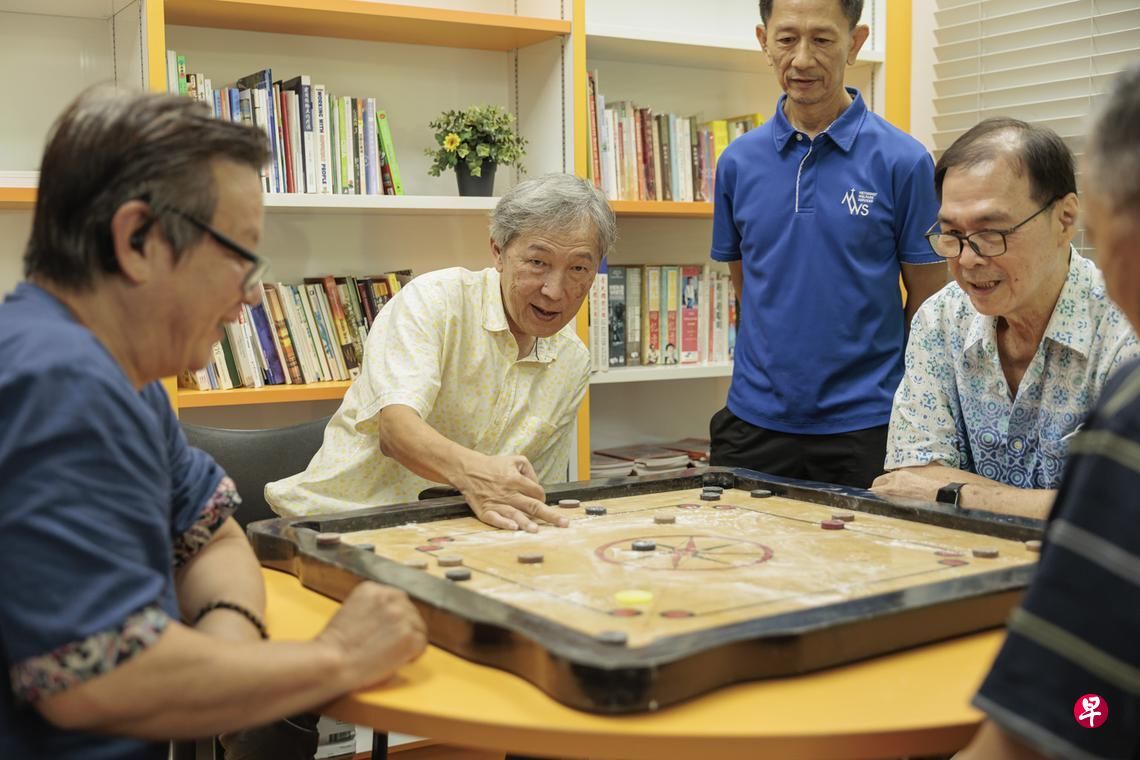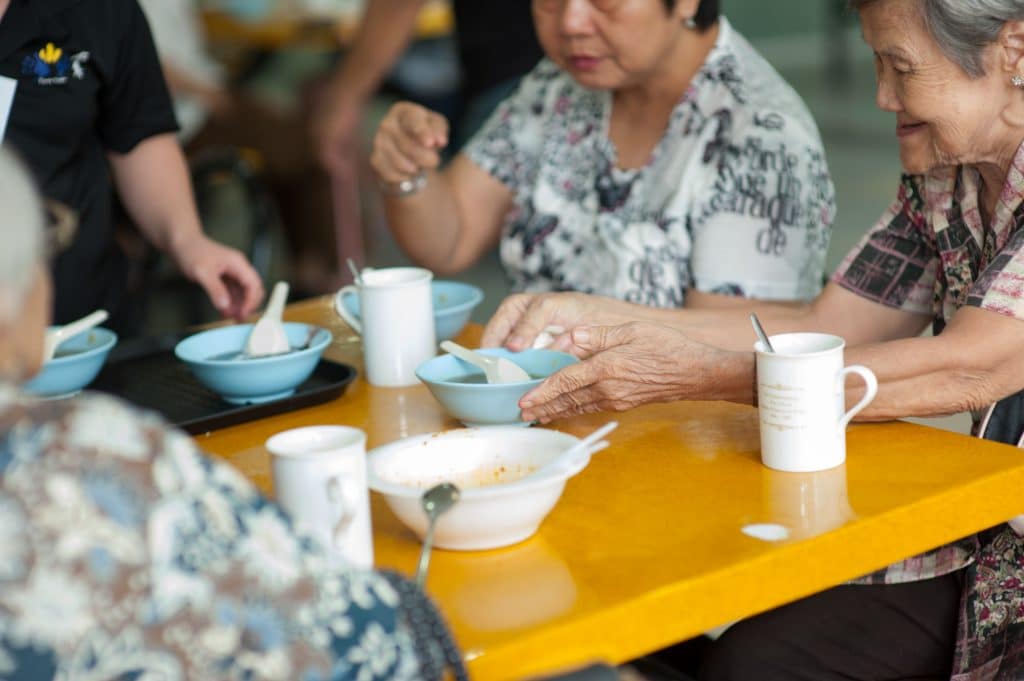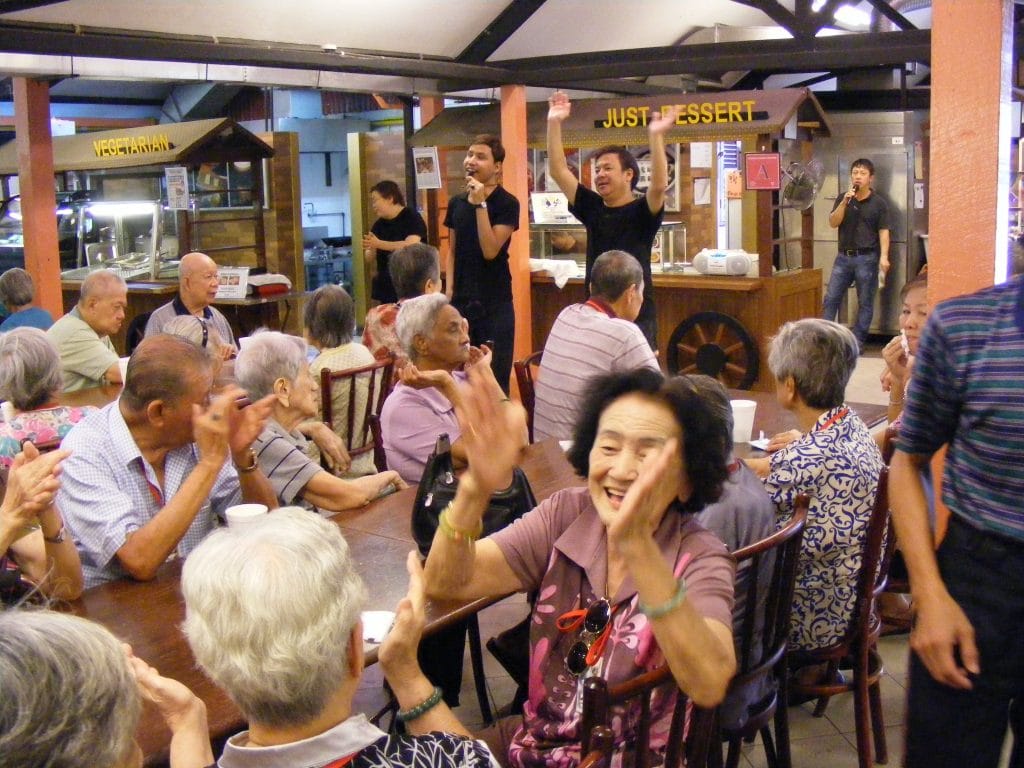The Funding Network (TFN)


The Funding Network (TFN) is an innovative, inspiring and rewarding way for donors to make a real, positive difference to the community. The programme offers charitable organisations the opportunity to pitch their cause to a group or corporation to secure crowdfunding and mentoring as well as expand their donor base and network. TFN makes it possible for individuals, foundations and corporations to give collectively in increments starting from S$50, with an aim to raise at least S$10,000 for the non-profit. Here are some projects TFN successfully supported:
-
- GoLi – The Moving Theatre
GoLi is a travelling theatre that goes around Singapore transforming community spaces into vibrant places for arts and culture. In 2014, the group secured funding from The Funding Network and other sponsors to kickstart the design and construction of an inflatable pop-up theatre. After a technical trial conducted in November 2014 to test its robustness, GoLi embarked on designing a second structure with a larger and more flexible capacity. The inflatable theatre finally made its official debut outside Toa Payoh Community Library at the Singapore International Festival of Arts in July 2015.
- GoLi – The Moving Theatre
-
- Groceries With Love on Wheels (GLOW)
The National University of Singapore Society (NUSS) initiated Groceries With Love on Wheels in 2010 to deliver basic necessities to low-income and house-bound residents. On 7 June 2014, more than 550 volunteers distributed grocery bags to 3,000 needy recipients identified by People’s Association.
- Groceries With Love on Wheels (GLOW)
- Lunch treats for the elderly
Dignity Kitchen takes the elderly and needy out for meaningful city tours and meals. The tours bring them to places of interest and nostalgia complete with a special lunch prepared by Dignity Kitchen. In April 2014, the social enterprise secured funding through TFN which enabled them to work with 18 eldercare centres and nursing homes to bring some 708 seniors out for a treat.
The Funding Network (TFN) is an innovative, inspiring and rewarding way for donors to make a real, positive difference to the community. The programme offers charitable organisations the opportunity to pitch their cause to a group or corporation to secure crowdfunding and mentoring as well as expand their donor base and network. TFN makes it possible for individuals, foundations and corporations to give collectively in increments starting from S$50, with an aim to raise at least S$10,000 for the non-profit. Here are some projects TFN successfully supported:
-
- GoLi – The Moving Theatre
GoLi is a travelling theatre that goes around Singapore transforming community spaces into vibrant places for arts and culture. In 2014, the group secured funding from The Funding Network and other sponsors to kickstart the design and construction of an inflatable pop-up theatre. After a technical trial conducted in November 2014 to test its robustness, GoLi embarked on designing a second structure with a larger and more flexible capacity. The inflatable theatre finally made its official debut outside Toa Payoh Community Library at the Singapore International Festival of Arts in July 2015.
- GoLi – The Moving Theatre
-
- Groceries With Love on Wheels (GLOW)
The National University of Singapore Society (NUSS) initiated Groceries With Love on Wheels in 2010 to deliver basic necessities to low-income and house-bound residents. On 7 June 2014, more than 550 volunteers distributed grocery bags to 3,000 needy recipients identified by People’s Association.
- Groceries With Love on Wheels (GLOW)
- Lunch treats for the elderly
Dignity Kitchen takes the elderly and needy out for meaningful city tours and meals. The tours bring them to places of interest and nostalgia complete with a special lunch prepared by Dignity Kitchen. In April 2014, the social enterprise secured funding through TFN which enabled them to work with 18 eldercare centres and nursing homes to bring some 708 seniors out for a treat.
- Related Topics For You: AGEING WELL, CHARITY STORIES, DIRECT AID, DONOR STORIES, INCLUSIVITY & INTEGRATION, NEWS, SENIORS, STORIES OF IMPACT





